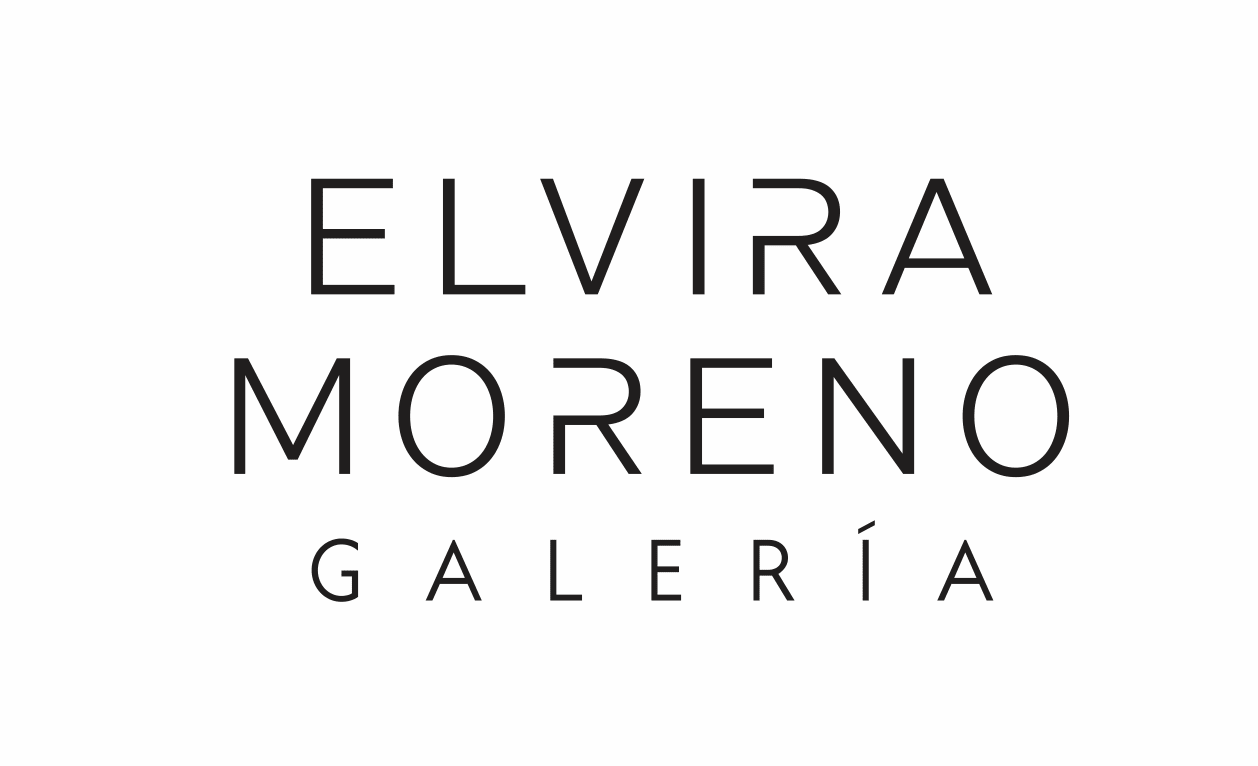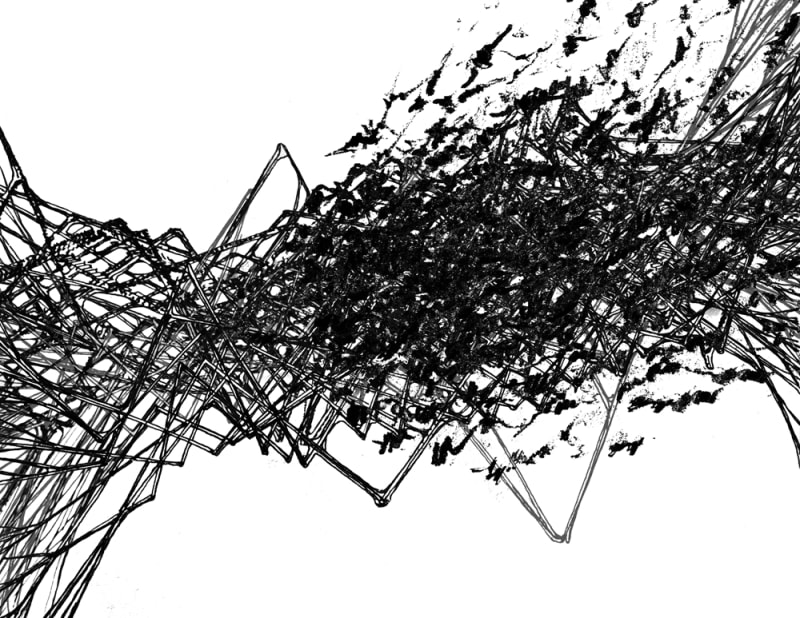Audible installation
2nd Prize, Bienal de Artes Plásticas y Visuales Bogotá 2012, FUGA.
Award-winning work. Bogotá, July – August, 2012.
2nd Prize, Bienal de Artes Plásticas y Visuales Bogotá 2012, FUGA.
Award-winning work. Bogotá, July – August, 2012.
Sound installation that recalls the times of noise. It is a sound installation that evokes this ancient noise. It consists of a series of four high-intensity estruendos (booming sounds), each lasting one minute and thirty seconds, which are played every fifteen minutes throughout the day. The sound-projection device — loudspeakers — was installed mimetically within the house where the Fundación Gilberto Alzate FUGA now operates. These sounds, conceived as variations on the same theme, were played simultaneously inside Room 2 — in the southwestern corner of the second floor of the foundation’s colonial house — and from the balcony at the main entrance facing Calle de la Fatiga (Tenth Street).
Regarding the phonographic record — phonographic fiction. Surprisingly, some years ago fragments of the original phonographic recording of this historical event were found, along with a curious machine and several manuscripts. These documents belonged to Don Francisco Chirinola y Calvo, who in his time and latitude was an advanced scientist and precocious inventor. Don Paco, as he was known in Santafé, had invented among his many investigations an extraordinary device that we might call today a proto-phonograph. He named it a “speaking book” and described it as follows:
“…a box within which operates a system similar to that of clocks, filled with countless tiny springs and imperceptible mechanisms. It is indeed a book, but a marvelous book, without pages or letters; a book, in short, in which the eyes are useless for understanding, and one needs only ears. When he wished to record a sonic environment, he would wind the machine with a large number of keys of all kinds, then place the needle over a mechanical metal disc, and the sounds were inscribed within it. Later, to hear them, he would once again place the needle on the recorded chapter he wished to listen to, and from this shell — like the mouth of a human or a musical instrument — all the distinct and different sounds stored within would emerge.”
This device, together with other recordings and a collection of written documents, was found during a restoration process in the house known as La Independencia, located on the southern side of Calle de la Fatiga — Tenth Street — between Calle de Santa Librada (Third Avenue) and Calle de La Patria (Fourth Avenue). It is an old colonial house, possibly built in 1637, with two floors, originally more than 38 rooms, several balconies, and four courtyards. Today it houses Z'otz, a sound museum — a kind of cabinet of imaginary sonic solutions; a museum with a unique and particular character, dedicated to collecting sounds, artifacts, devices, and extraordinary sonic events, many of them impossible. For the installation, this historical sound — thanks to the generosity of the museum’s owner — was installed at the venue of the II Bienal de Artes Plásticas y Visuales Bogotá 2012, in the house of the current Fundación Gilberto Alzate Avendaño FUGA, located in the northeastern corner of the same Calle de la Fatiga.
Regarding the noise or sonic material used, I turned to my sound archives from both previously completed works and new materials. I selected complex, dense, and textural sounds with a broad spectral mass. The very name estruendo led me to words such as great noise, crash, uproar, roar, explosion, commotion, tumult, confusion, racket, echo, repercussion, and scandal — concepts that I employed in the electroacoustic procedures for transforming the sonic materials. The estruendos are filled with rough, granular, and resonant sounds, featuring tonal accidents and incidents interwoven among stratified layers alluding to depth and distance. Through a systematic series of mixing and accumulation processes, I obtained the set of four estruendos with sufficient character and power.



